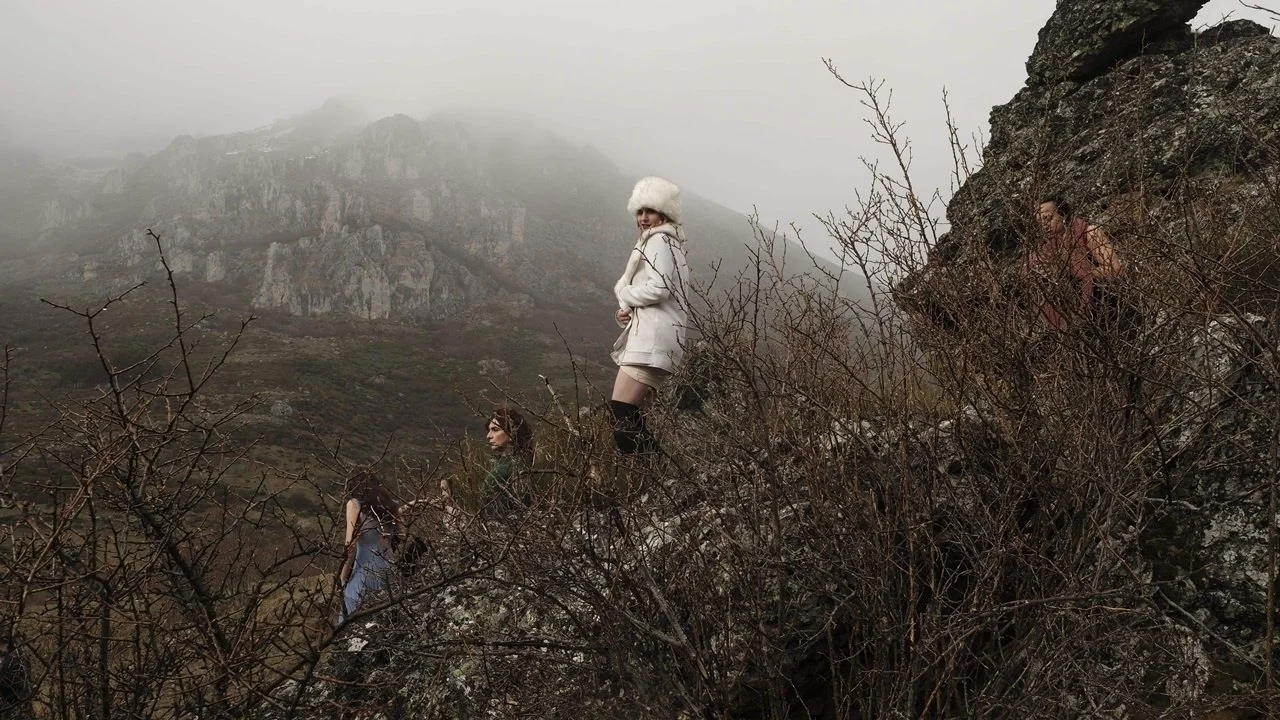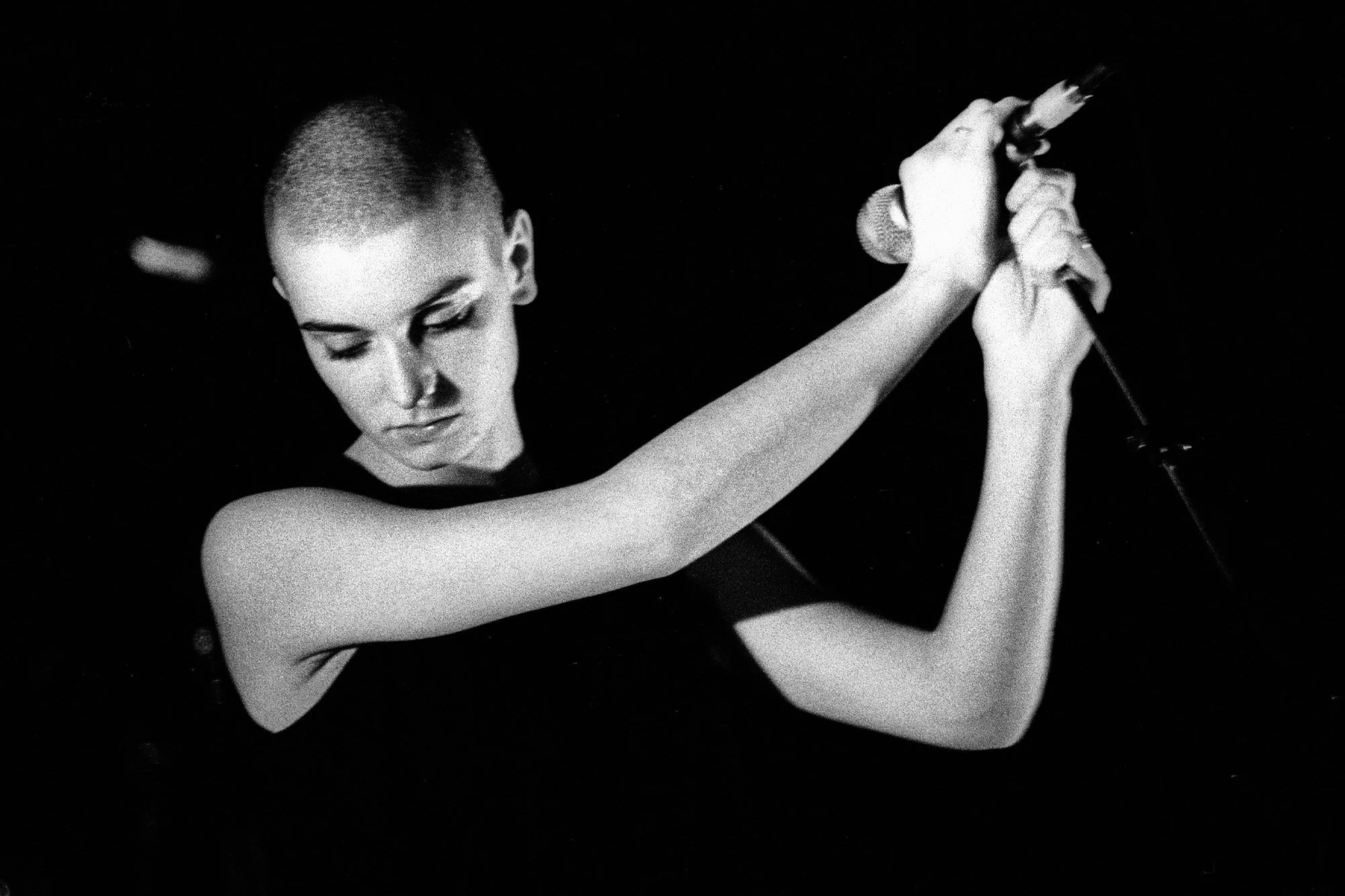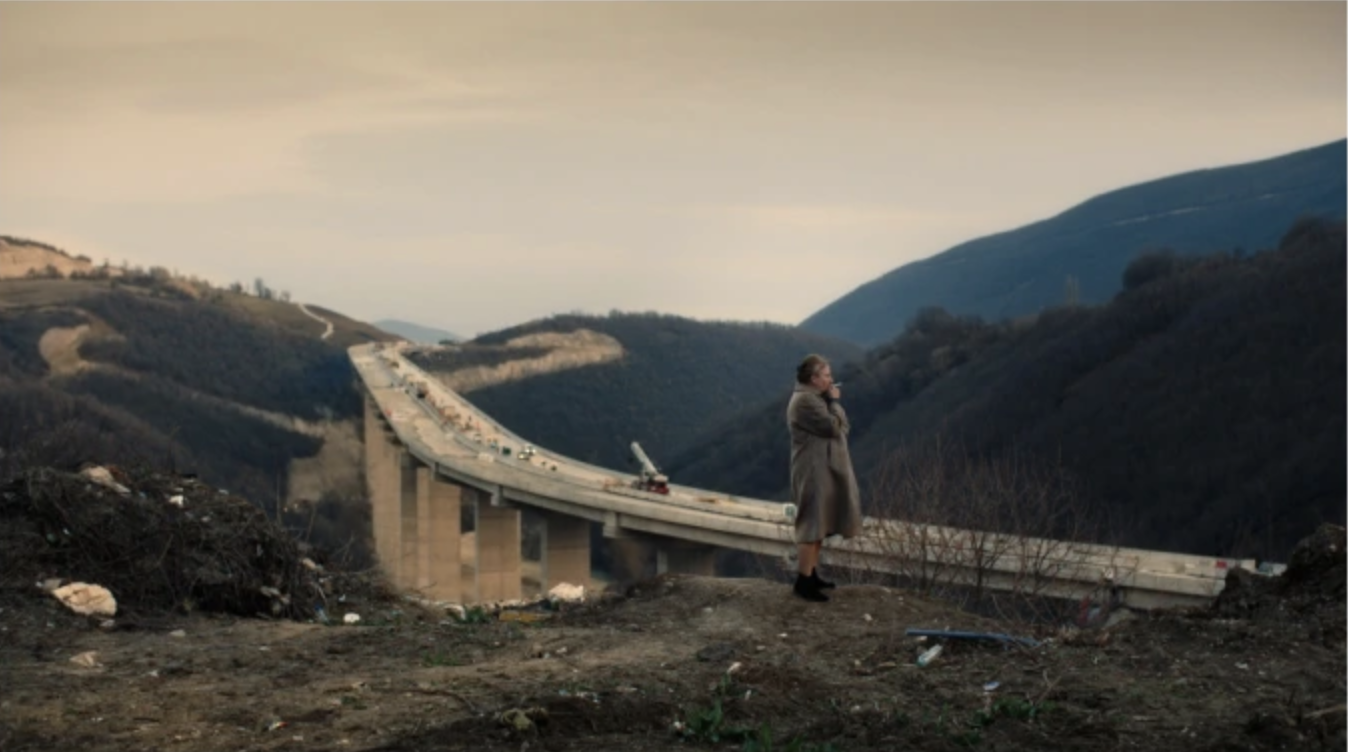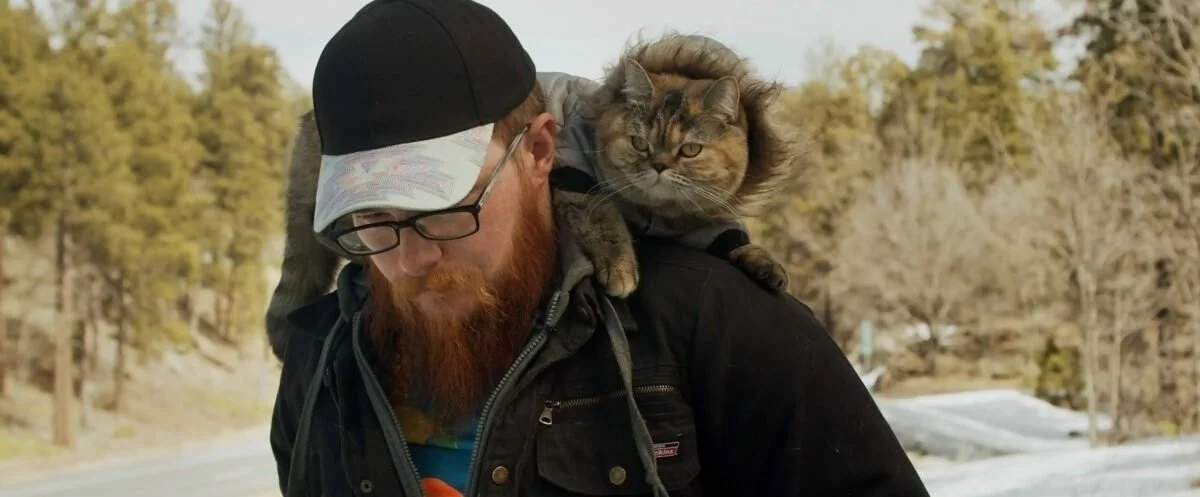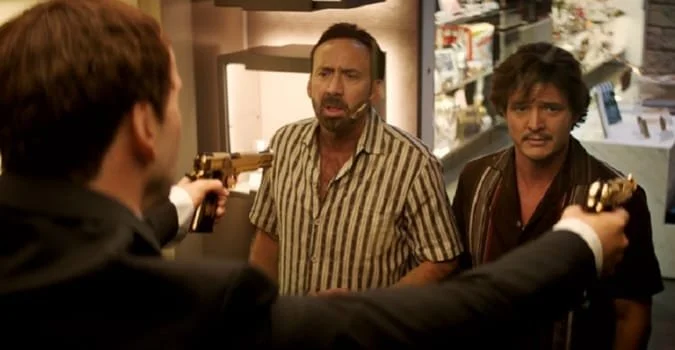THE BAD GUYS
Directing: B+
Acting: B+
Writing: B
Cinematography: B
Editing: B
Animation: B+
The Bad Guys may be the most “kids’ movie” movie I’ve watched and still managed to enjoy with adult eyes. It’s about as silly as it gets, but still fits in a few clever gags that fly over kids’ heads and right into the comic sensibilities of grownups. It’s clever enough, I was very much entertained, and the animation is fairly impressive, particularly its detailed urban backgrounds that seem to render Los Angeles as though it had more of a New York City density.
I say all this even though I’m still the dipshit sitting there confused by the inconsistent rules of the movie’s universe. Mind you, this movie is aimed squarely at children, and they don’t care about this stuff, like: how do characters that are a piranha and a shark (voiced by Anthony Ramos and Craig Robinson, respectively) able to survive without water? They exist as two-legged land animals! I guess I shouldn’t be stuck on this; there’s also a humanoid shark in The Suicide Squad and I didn’t have any hang-ups about that; in fact I was delighted by that demented movie.
I suppose a key difference is that The Bad Guys is the farthest thing from demented—although there are subtle moments of dark humor, particularly when it comes to Snake, who is easily distracted by all the guinea pigs he wants to eat.
That said, I still couldn’t help but to be distracted by the fact that, in the world of this movie, only the principal characters are animal characters, and everyone else in this world seems to be human. There is the quasi-butch Chief of Police, Misty Luggins (Alex Borstein), who is human, but otherwise the five “Bad Guys” are a wolf, a snake, a spider, a shark and a piranha; then there’s Governor Diane Foxington (Zazie Beets), a fox; and Professor Marmalade (Richard Ayoade), a guinea pig.
No other intelligent being in this universe is a talking animal, though. There’s even a massive army of guinea pigs at one point, and all of them are like regular animals. How do they become like that, but Professor Marmalade becomes an intelligent being with a British accent? There’s also a kitten who gets stuck in a tree and all it does is meow. What’s with all these inconsistencies? I want answers!
To be fair, the same sort of thing happens in old fairy tales. Little Red Riding Hood happens upon a talking wolf, after all. And a big plot point in The Bad Guys is that all of these animals are species that people are automatically afraid of, without even giving them the chance at being perceived as “good.” As a band of thieves and bank robbers, they are just meeting the fate society has created for them. But then Wolf gets an unexpected bit of appreciation when he saves an old lady from falling down the stairs, and gets a taste of what if feels like to be appreciated for goodness, and thus the plot is set into motion.
As already indicated, I’m the only one obsessing on the inconsistent rules of this universe. It still would have made a lot more sense if every character in this world were an animal (as in Zootopia, a similarly themed but better movie), but whatever. I’ll get over it! The voice talents alone go a long way, with Sam Rockwell as Wolf; Awkwafina as Tarantula; and Marc Maron as Snake, taking an unusual turn for his career, and one that’s a great fit.
The Bad Guys is almost pointedly over-the-top ridiculous, something that can really work against a film regardless of its target audience. But here, it somehow works, and I found myself charmed by it. They can’t all be classics, but they can be at least as entertaining as this. If nothing else, it seems obvious that kids love it, which is all a movie like this needs. It’s a bonus that I also enjoyed it.
You can’t help but love them all, in spite of an unnecessarily extensive running gag about piranha farts.
Overall: B






